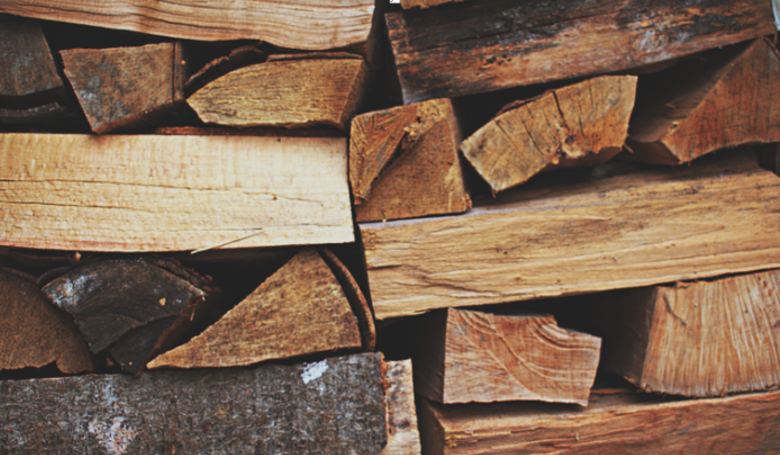Why Proper Firewood Measurement Is Essential for Your Heating Needs

Measuring firewood correctly is more than a matter of convenience; it’s critical for cost efficiency, consistent heating, and overall safety. Many homeowners underestimate how much wood they actually need for the season, leading to shortages or excess purchases that impact both energy use and expenses. Choosing a reliable firewood supplier early ensures you receive properly seasoned and accurately measured wood that delivers steady heat throughout winter.
Proper measurement not only prevents waste but also supports even burning and better air quality. When the size and volume of logs are consistent, your fireplace or wood stove operates more efficiently, producing optimal warmth without excessive smoke or residue buildup. This makes understanding firewood measurements vital for maintaining long-term comfort and sustainability.
The Importance of Accurate Measurement
Firewood is commonly sold in cords, face cords, or ricks, each representing a specific volume of stacked wood. However, not every supplier follows standardized measurements. Inconsistent stacking or moisture content can alter the actual usable quantity. For consumers, this inconsistency can mean paying more for less heat output.
Accurate firewood measurement ensures transparency between buyer and seller. It provides a reliable benchmark for comparing prices, calculating energy needs, and managing inventory. When wood is measured correctly and seasoned, the combustion process becomes more predictable, reducing inefficiencies caused by uneven moisture levels.
How Measurement Impacts Heating Efficiency
Incorrect measurements can directly affect heating performance. Wood that is too damp burns slower and releases less heat, requiring more logs to maintain warmth. Similarly, purchasing loosely stacked timber may result in gaps and air pockets that reduce overall fuel volume. Precise measurement guarantees consistency, helping homeowners plan their wood consumption with confidence.
Moisture content plays an equally significant role. Seasoned wood, dried to a moisture level of around 20 percent, produces cleaner flames and less creosote buildup in chimneys. Properly measured batches make it easier to maintain a steady fuel cycle, minimizing waste and maximizing heating output.
See also: What Every Business Gains from Going Cashless with Tips
Selecting the Right Firewood Type
Not all wood burns the same way. Hardwoods like oak and hickory produce longer-lasting heat, while softwoods ignite faster but burn more quickly. Understanding the balance between these types is key to meeting your heating needs efficiently. Knowing how to choose the right kind of firewood for a long-lasting burn can help you select species that offer optimal performance based on your climate and heating equipment. For instance, hardwoods are better suited for continuous home heating, while softwoods are ideal for kindling or short-term fires. Knowing how to mix the two ensures both quick ignition and sustained warmth without excessive consumption.
Role of Professional Suppliers
Reliable suppliers go beyond simply providing logs; they ensure consistency in moisture, size, and weight across every order. Working with professionals guarantees that your firewood meets standardized measurements and environmental guidelines. They often use calibrated tools and proper stacking methods to ensure accuracy in every delivery.
A trusted provider also educates customers on proper storage techniques to preserve quality. When wood is stacked with adequate airflow and protection from rain, it maintains its burn efficiency throughout the season. This professional oversight helps avoid the guesswork often associated with bulk or informal firewood purchases.
Maintaining Long-Term Heating Value
Accurate firewood measurement contributes to sustainable home heating practices. It reduces the frequency of reorders, lowers waste, and helps maintain consistent indoor temperatures. With correct sizing, homeowners can predict burn times and manage heating schedules effectively, an advantage that pays off throughout the colder months.
Moreover, well-measured and seasoned firewood minimizes environmental impact. Cleaner burns mean less smoke, fewer particulates, and improved air quality inside and outside the home. It’s a practical, eco-friendly approach that benefits both homeowners and the environment.
Conclusion
Proper firewood measurement ensures you receive full value, dependable warmth, and long-term efficiency from every cord. From accurate stacking to moisture control, precision at every stage determines how effectively your wood burns and how much heat it produces. Partnering with a professional supplier and selecting the correct type of firewood are crucial yet straightforward steps toward reliable, efficient home heating.







